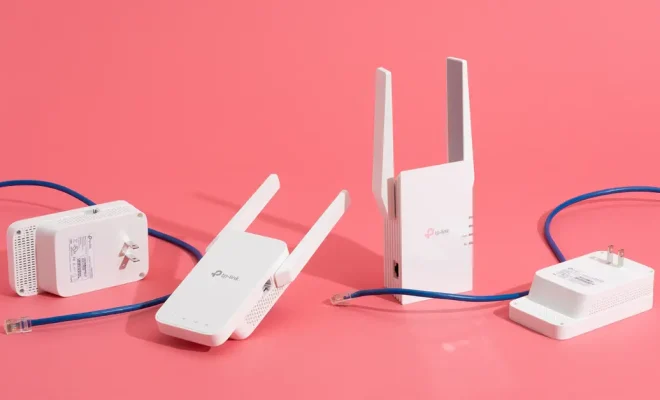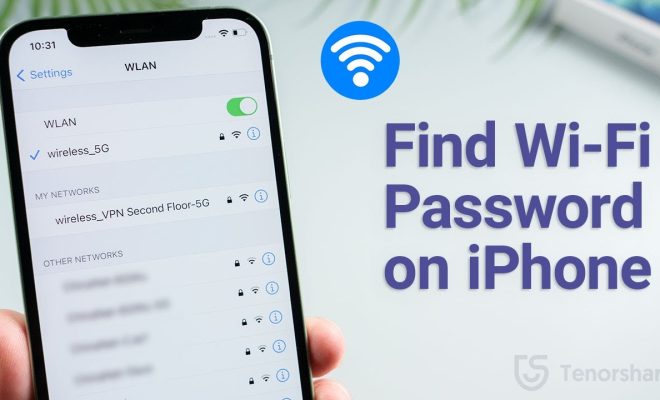How to Install a Wi-Fi Extender

Wi-Fi extenders are devices designed to enhance the range and coverage of a wireless network. They are especially useful in environments with large areas or multiple floors, where the Wi-Fi signal might be weak or nonexistent. Here is a step-by-step guide on how to install a Wi-Fi extender.
Step 1: Choose the Right Wi-Fi Extender
Before purchasing a Wi-Fi extender, it is important to identify the weak spots in your existing wireless network. You can do this by using a Wi-Fi analyzer app that helps you determine the Wi-Fi signal strength in different areas of your home or office. Once you have identified the weak areas, you can then select the right type of extender. There are different types of Wi-Fi extenders, including plug-in models that connect directly to a power outlet, and desktop models that come with antennas and can be placed on a flat surface or mounted on a wall.
Step 2: Connect to the Wi-Fi Extender
Once you have purchased the right Wi-Fi extender, you need to connect it to your existing wireless network. To do this, you will typically need to connect your device (computer, tablet, phone) to the Wi-Fi signal of the extender. You will need to enter the password provided by the manufacturer to connect to the extender’s signal. Once connected, you should be able to go to the extender’s web interface using a web browser.
Step 3: Configure the Wi-Fi Extender
Once you have accessed the Wi-Fi extender’s web interface, you need to configure it to work with your existing wireless network. This typically involves selecting your existing network and entering the password for it. Some extenders may have a guided setup process that walks you through the configuration steps. Once the extender is properly configured, it should start broadcasting its own Wi-Fi signal that provides coverage in the weak areas of your network.
Step 4: Test the Extended Network
Once you have installed and configured the Wi-Fi extender, you need to test the extended network to make sure it is working correctly. You should be able to move around the previously weak areas and maintain a strong Wi-Fi signal. If you experience problems with the extended network, it could be due to interference from other wireless devices or physical obstructions such as walls or ceilings. In such cases, you may need to reposition the extender or add additional extenders to provide adequate coverage.
In conclusion, installing a Wi-Fi extender can be a quick and easy solution to improve your Wi-Fi network’s coverage and performance. With the right extender and proper configuration, you can extend your wireless network’s range and provide reliable coverage in previously weak areas.


